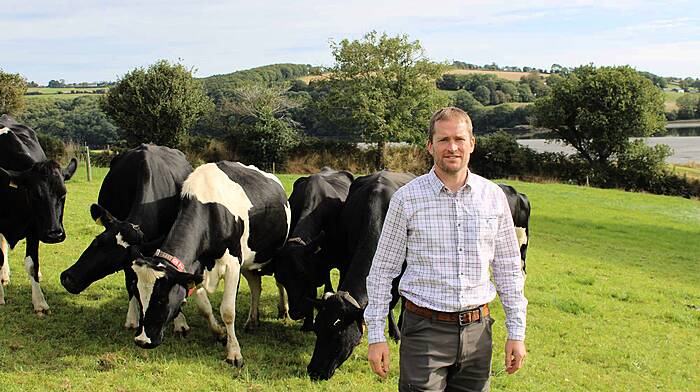WHILE the government’s much-anticipated ‘Resilience and Recovery: Plan for Living with Covid-19’ in the medium term of the next six to nine months provides welcome clarity, it contains so much detail that it is difficult to take it all in. Despite the Department of Health having hired a communications advisory company to help with the roll-out, following weeks of government failure to clearly communicate key messages about restrictions, there was still confusion around Tuesday’s announcement, particularly relating to the current Dublin scenario.
Last March, when they started taking measures to deal with the suppression of the virus, it was pretty straightforward: we were all in the same boat and urged to do certain things that practically everybody bought into because they were clearly communicated to us by the then caretaker government led by acting Taoiseach Leo Varadkar and backed by his Health Minister at the time, Simon Harris.
What was needed was unambiguous and we were promised that, if we all did X, the outcome would be Y and, thus, the steps we were taking were clearly defined and the results they would bring were measurable. Unfortunately, since the lifting of restrictions over the past four months, the waters have progressively become muddied and the degree of buy-in by the population has dwindled as some people think they are invincible when it came to Covid-19, while others seemed to convince themselves that the pandemic is over!
They seem blinkered about the ‘new normal’ that we find ourselves in as a society and the need for all of us to adapt to if we are to live as safely as we possibly can in the midst of this coronavirus. The government strategy for the medium term, signed off on by Cabinet on Tuesday, is unambiguous and welcome – even if it is a huge amount of information to process – and we need it to help the country navigate its way through the winter and past next spring as we could see multiple waves of the pandemic hit the country.
What the strategy sets out is what will be done, and why, when a particular area has outbreaks of Covid-19, thereby providing clarity for people. The aim is to try to allow society and business to function as best they possibly can while the virus is in our midst and, hopefully, by the time we get to next summer, an effective and robustly-tested vaccine will be imminent.
There are five levels of restrictions proposed in the medium-term strategy: Level 1 would be (new) normal living with Covid, while Level 5 would the most serious one which would require the most severe restrictions, including possible lockdowns.
These levels would be determined by areas’ 14-day incidence rate of the virus per 100,000 people, coupled with the number of hospital admissions and people admitted to intensive care units. Also, there would be an overall national grade, along with grades per county or on an area or regional basis.
The strategy sets out clearly what restrictions would apply at each level for social gatherings, sport, travel and religious services. While all of us would like to think we could be at Level 1, it may not be within our gift to do so if too many people in our area are flouting government advice on social distancing, their number of contacts, hand washing and respiratory etiquette.
Staying safe needs to be worked on diligently and continuously; we cannot afford to let our guard down at any stage over the coming months, perhaps year, if we hope to keep the virus suppressed in our communities. Nights out in the pub and Christmas and other celebrations need to be approached with common sense and, if you go somewhere and find whatever level of restrictions are in force at the time being flouted, then get out of there quickly and don’t risk you or yours contracting the virus. Report the matter to the authorities if necessary.
It was good to see the medium-term strategy also aligning with the European Commission’s map where countries or regions would be colour-coded green, amber or red (and grey if there is not enough information available) for travel purposes. As is the case now, people returning from green colour-coded countries would not have to quarantine after entering Ireland, but the welcome difference is that the map will be updated weekly, our government – shamefully – having failed to update our ‘Green List’ since it was first announced towards the end of last July.
However, the existence of this European-wide colour-coded map should not be taken as carte blanche to embark on widespread international travel. The advice is still the same: people should not make journeys abroad unless they are absolutely necessary and, while this is tough on airlines and airports, the necessity to keep the virus suppressed should over-ride all other considerations for the next several months.










